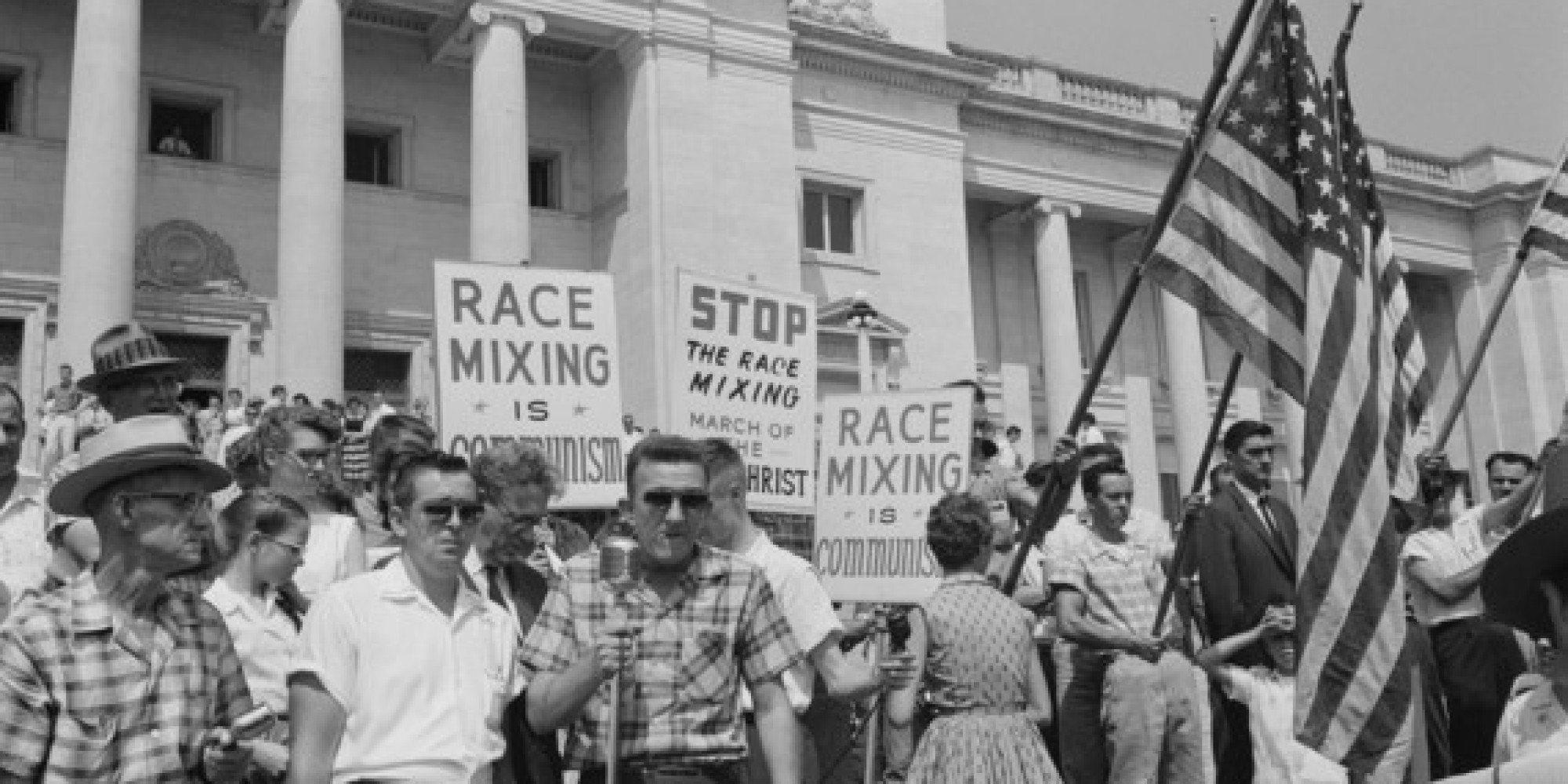In Southern schools, segregation and inequality aren’t just history — they’re reality
GWEN IFILL: The Justice Department recently hailed a federal court ruling affirming plans to desegregate schools in Cleveland, Mississippi. Desegregation, the court ruled, allows students to learn, play and thrive together.
As part of her year-long look at solutions to racism, special correspondent Charlayne Hunter-Gault talks with a teacher on how to successfully teach in integrated settings.
CHARLAYNE HUNTER-GAULT: The percentage of black and Latino students in what’s being called apartheid schools is on the increase, and yet most schools seem ill-prepared to help those students be the best they can be, while reducing prejudice and teaching them to learn to live with each other.
But Maureen Costello of the Southern Poverty Law Center says there are ways to achieve all three.
Maureen Costello, thank you for joining us.
MAUREEN COSTELLO, Southern Poverty Law Center: Thank you.
CHARLAYNE HUNTER-GAULT: The Southern Poverty Law Center has a curriculum that looks at teaching tolerance in schools. What caused that to happen?
MAUREEN COSTELLO: Well, before we started this program, we were fighting hate crimes, basically.
Morris Dees, our founder, was bringing civil suits against groups like the Klan, and often the young men who had committed some terrible acts against others were motivated by terrible, terrible hatred and just complete misunderstanding of what other people were like.
CHARLAYNE HUNTER-GAULT: It was mostly race at that point.
MAUREEN COSTELLO: It was usually race, although, sometimes, it was also ethnicity.
But he was seeing 19- and 20-year-old perpetrators who were going to spend the rest of their lives in prison. And he said, you know, we have to do something to stop this before it starts. And he said, we need a school program.
And that really was the beginning of teaching tolerance. Let’s find the best research we can find about how we can reduce prejudice starting at early ages, and let’s get it out there to teachers.
One of the issues in American education is that 80 percent of our teachers are white women.
CHARLAYNE HUNTER-GAULT: In the whole country?
MAUREEN COSTELLO: Yes. And I’m not saying white women can’t teach, because I am a white woman, and I did teach for a very, very long time.
But they bring in all of their own expectations and beliefs into class. And teachers have to kind of constantly examine those and say, wait a minute, am I making some judgments here that I shouldn’t be making?
CHARLAYNE HUNTER-GAULT: How do you then deal with such an equation?
MAUREEN COSTELLO: American classrooms are diverse as a whole, but, in fact, when you get down to individual classrooms and individual schools, we see a lot of the diversity fade away.
So, we have schools today that are more segregated than they have been in the last 25 years were.
CHARLAYNE HUNTER-GAULT: This is even in public schools?
MAUREEN COSTELLO: Absolutely, absolutely. There’s real disparities.
CHARLAYNE HUNTER-GAULT: So how do you get a handle on that?
MAUREEN COSTELLO: Every teacher’s job and the job of school is to help students develop the skills that they need to thrive in a diverse society.
Lots of people think it’s a natural thing. We’re all born open-minded, and then we learn to become bigots. And the fact is, that’s not necessarily true. You have to actually develop skills to cross boundaries. And we look at it three ways. We say, OK, first of all, we want to reduce prejudice, which means dismantle stereotypes as much as possible.
CHARLAYNE HUNTER-GAULT: How do you do that?
MAUREEN COSTELLO: You challenge them. You get kids to explore stereotypes about their own group. And once they recognize that the stereotypes of their group are not really real, you ask them to look at other stereotypes in other groups.
A stereotype is simply a box. It’s a very convenient one. It helps us In Southern schools, segregation and inequality aren’t just history -- they’re reality | PBS NewsHour:


